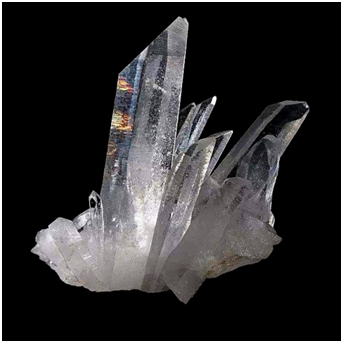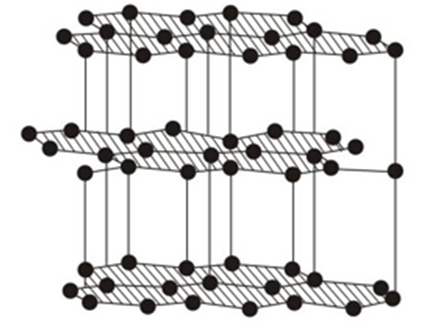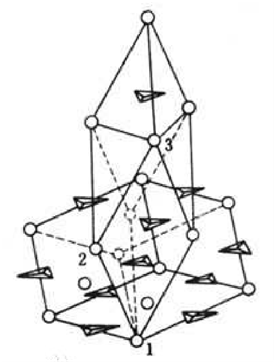
Application of XRD in rock and mineral analysis
2023-12-06 10:00Rocks are often composed of a variety of minerals, and petrological studies often require the identification of mineral compositions in rocks, especially those that are less abundant. Therefore, the qualitative analysis of minerals is the most important application of X-ray diffraction in the study of mineral petrology.
![]()
![]()
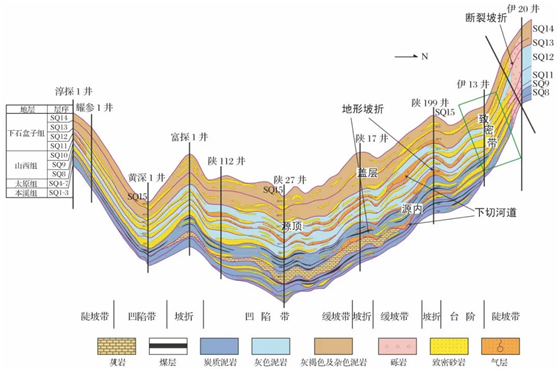
The X-ray diffractometer (XRD) is based on the experimental facility in Prague and combines the results of various mechanical and electronic techniques. Diffractometer consists of four basic parts: X-ray generator, goniometer, radiation detector and radiation detection circuit. It is an experimental device for irradiating polycrystalline samples with characteristic X-rays and recording diffraction information with radiation detector. Modern X-ray diffractometeris also equipped with computer systems that control operation and run software.
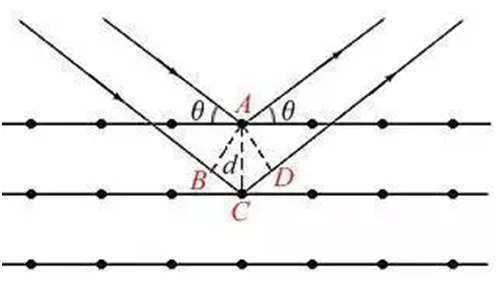
The X-ray diffraction image of a crystal is essentially a fine and complex transformation of the crystal microstructure. There is a one-to-one correspondence between the structure of each crystal and its X-ray diffraction pattern, and the X-ray diffraction pattern will not change because it is mixed together. The distribution of diffraction lines in the diffraction pattern is determined by the size, shape and orientation of the cell. The strength of the diffraction line is determined by the type of atoms and their position in the cell.
